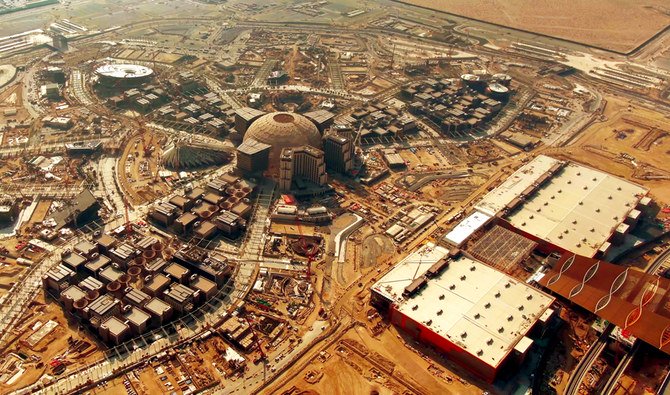
- ARAB NEWS
- 26 Apr 2024

DUBAI: Economic growth in the Gulf will pick up this year and next, helped by Saudi Arabia’s investment program and Expo 2020 in Dubai, although the region will continue to feel the impact of oil output cuts, a Reuters poll showed on Wednesday.
OPEC and non-OPEC allies agreed in December to deepen output cuts, coming in addition to previously agreed curbs of 1.2 million barrels per day (bpd), and will represent about 1.7 percent of global oil output.
Saudi Arabia’s economy grew 0.3 percent in 2019, and is expected to grow 2 percent in 2020 and 2.2 percent in 2021, the poll of 26 economists, conducted January 7-21, projected. A similar poll three months ago gave the same forecasts for 2020 and 2021 but estimated 0.7 percent growth in 2019.
“Saudi Arabia’s third quarter gross domestic product (GDP) data, showing a fall of 0.5 percent year-on-year, was broadly as expected, with OPEC+ cuts constraining the contribution of the oil sector to economic growth,” Oxford Economics wrote in a research note. But diversification efforts “show signs of feedthrough,” it said.
Monica Malik, chief economist at Abu Dhabi Commercial Bank, said a stronger non-oil sector would help Saudi Arabia.
“Real GDP growth in Saudi should benefit from stronger non-oil activity as the investment program gains momentum. The drag from the oil sector should moderate in 2020 following a sharp reduction in oil output in 2019,” she said.
Median forecasts for growth in Oman, a relatively small Gulf crude producer, were significantly slashed. Analysts saw 1 percent growth in 2019, 1.7 percent in 2020 and 2.3 percent in 2021. Three months ago, Oman’s GDP was set to grow 1.3 percent in 2019, 3.2 percent in 2020 and 3 percent in 2021.
Maya Senussi, senior economist at Oxford Economics, said deeper oil production cuts agreed by OPEC and allies in December, and prospects for non-oil activity remaining weak, have weighed on Oman’s outlook.
Analysts forecast growth of 1.7 percent in 2019 for the UAE, down from 2.2 percent in the poll three months ago. Its 2020 and 2021 estimates were unchanged.
The governments of Dubai and Abu Dhabi, the country’s two main emirates, have boosted spending to provide stimulus to their economies.
Dubai, which will host Expo 2020 this year, announced a record budget of around $18 billion this year, a 17 percent increase year on year, while Abu Dhabi announced in 2018 a three-year package of $13.6 billion.
Kuwait, which said last week it expects a budget deficit of 9.2 billion dinars ($30.3 billion) in the fiscal year starting on April 1, was forecast to see 0.5 percent economic growth in 2019, down from the 1 percent expected three months ago.
Kuwait’s GDP growth was revised down to 1.9 percent in 2020 from 2.2 percent three months earlier. Expectations for its 2021 growth, however, have risen to 2.6 percent from 2.3 percent.
GDP growth for Qatar, the world’s largest exporter of liquefied natural gas, was revised down to 0.9 percent in 2019 from 2 percent three months ago. Its 2020 forecast was cut to 2.1 percent from 2.4 percent, while its 2021 estimate was lifted to 2.5 percent from 2.3 percent.
Reuters